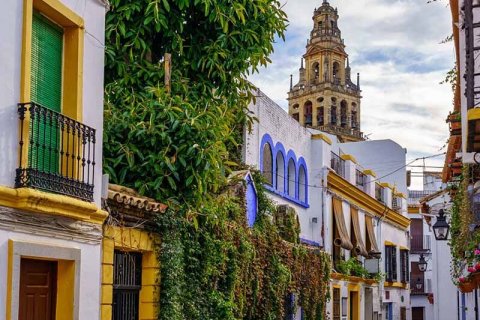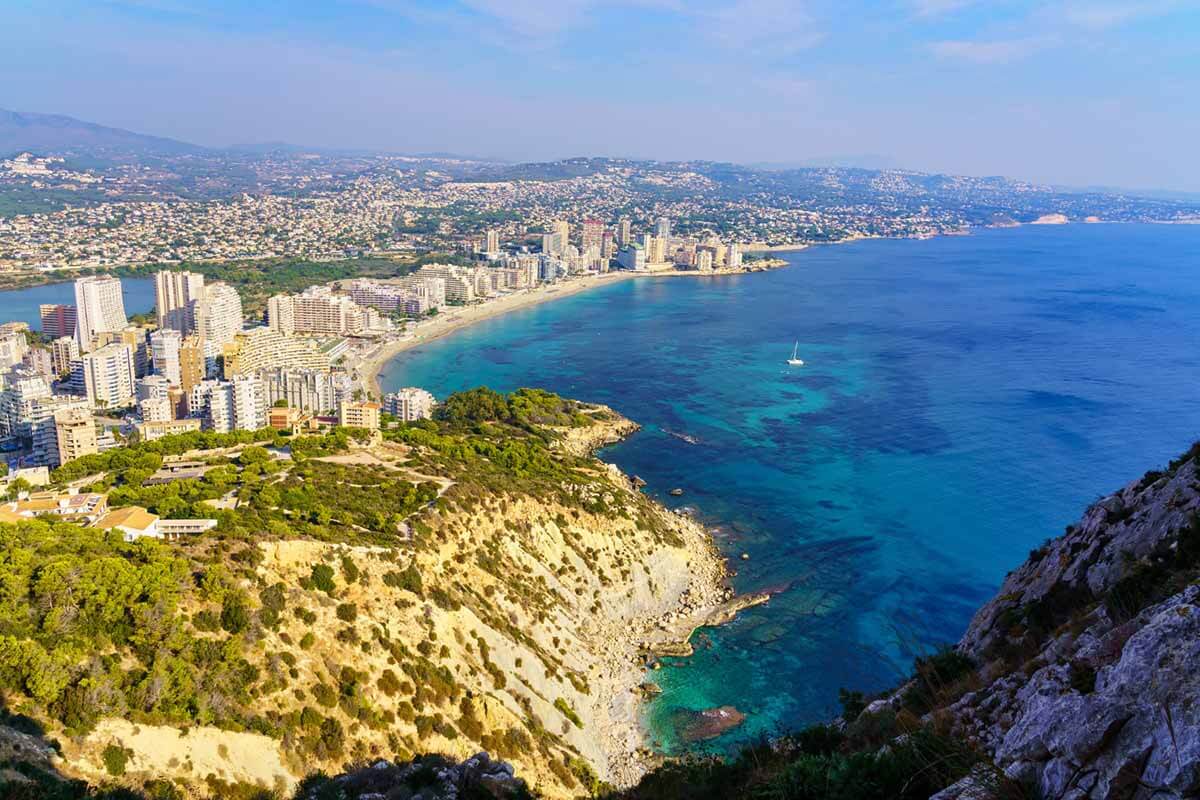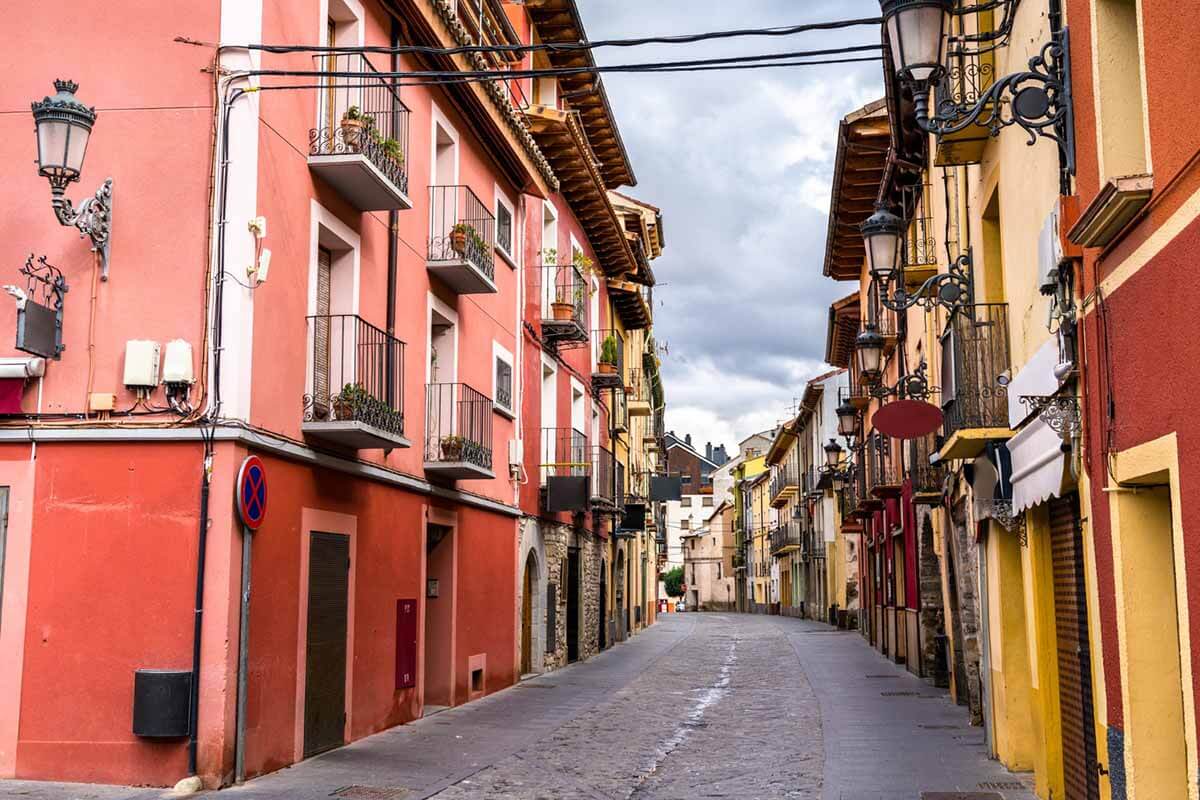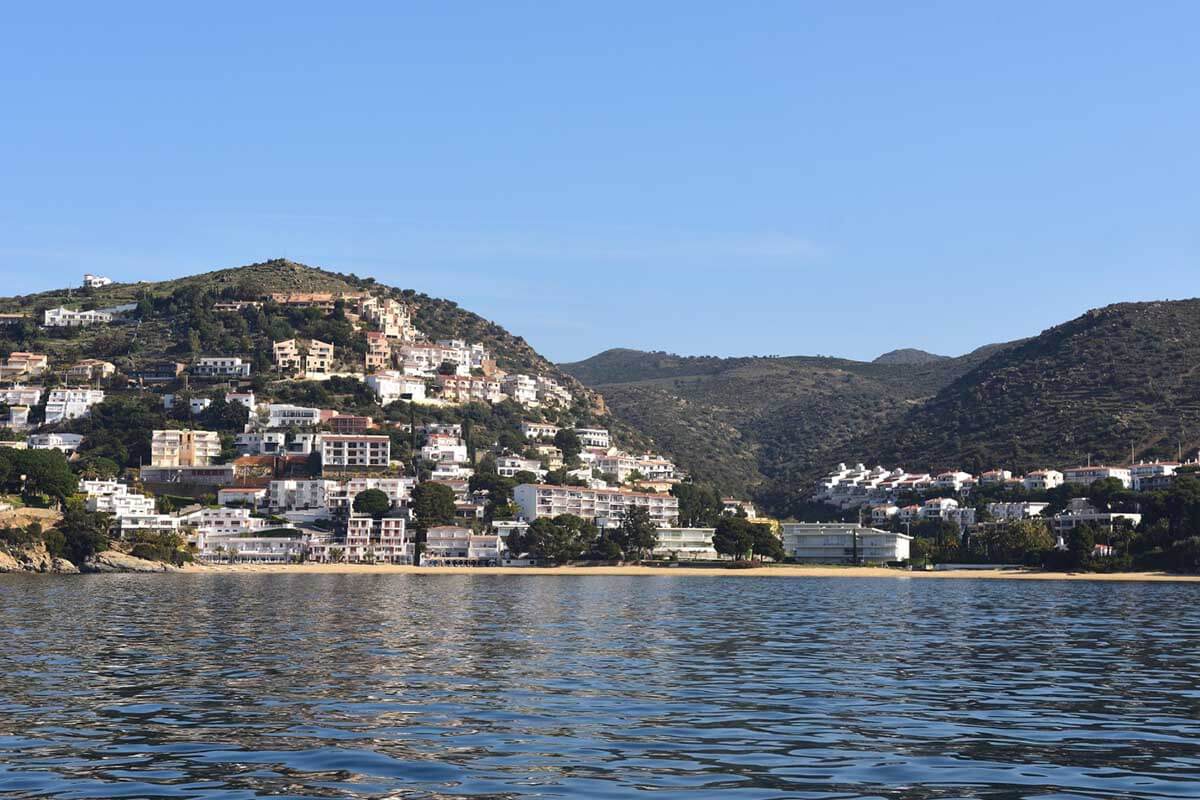
Housing in Spain has regained its status as an active alternative for investors. In recent years, when interest rates at record lows have shifted to traditional products such as bank deposits or government debt, many depositors have opted to buy an apartment to rent and resell.
Content:
- Return on investment on real estate in Spain
- Profitability of renting real estate in Spain
- Selecting real estate to rent out
- Rental type
- A practical example of calculating profitability
- What if the house is bought with a mortgage?
- Factors to consider when calculating the ROI of a property in Spain
- Important values to calculate your return on investment (ROI) on real estate in Spain
- Most profitable communities in Spain to invest in housing
- Help from our specialists
Return on investment on real estate in Spain
According to Idealista.com, the gross return on investment in housing at the end of the first quarter was 7.2% on average in Spain, up from 7.6% a year earlier and with Lleida and Murcia being the capitals with the highest returns. The lowest figures, on the other hand, are in San Sebastian (3.6%), Barcelona (4.4%), La Coruña (4.5%), Palma (4.5%) and Madrid (4.7%).
Before buying a house to profit from rent, you need to consider various factors that may affect the outcome.

Profitability of renting real estate in Spain
Before looking for potential rental property, you need to research the rental demand in your chosen area. You need to know the approximate number of tourists arriving in the area for short-term rentals.
It is advisable to research the local demand for long-term leases by assessing the labor market; the more dynamic it is, the more potential tenants there are.
Selecting real estate to rent out
The following factors will influence the profitability of real estate purchased to rent out:
- The size. It depends on different demographic groups of tenants. If you plan a family rental, you will need at least 3 bedrooms.
- Age. Older houses in Spain can have maintenance problems and need renovation, which costs a lot of money.
- Outside space. A terrace or patio next to the house will be appealing but these outdoor spaces are more expensive and may not generate much ROI.
Rental type
Investors in real estate in Spain usually have 2 options for buying a lease: long-term for at least 1 year and short-term rentals for vacation.
Profitability of long-term and short-term rental property
With long-term rentals, cleaning and repair costs are significantly reduced and utility bills are paid by the tenant, which is an economic advantage over tourist rentals.
Therefore, depending on the city and area where the apartment is located, in order for tourist rentals to be the same or more profitable than residential ones, the real estate must be occupied for 50% to 60% of the days in a month, taking into account the average turnover of these houses.
Long-term rentals are more profitable because they do not cover managing the house or payments associated with permanent house maintenance. In addition, it is common for the renter to bear the costs of consumption and supplies. Generally, there are no rental management costs either.
Why calculate ROI?
Profitability is an economic indicator that captures the resources efficiency (finance) used. Profitability is calculated to forecast profit or predict the return on investment.
A practical example of calculating profitability
To calculate profitability, you need to add up the amount of housing, operating costs and taxes, and calculate the cost of maintenance. You can find out the monthly and annual profits with all these numbers.
For example, a house costs 100,000 euros and the costs and taxes to purchase it are 10,000 euros. Suppose an apartment in Spain can be rented for about €500 per month (income), from which an approximate €80 maintenance cost must be deducted. The result is about 420 euros in net profit per month – that is, 4.5% of the approximate annual income.
The owner wants to sell the property in 10 years. The annual revaluation is 5%. The sale price will be around 162,000-163,000 euros and the total income will be over 9%.

What if the house is bought with a mortgage?
Returning to the example above, we assume that half of the home price is funded by a mortgage. Thus, the first fact to consider is that the initial capital is contributed towards €60,000 (half the price plus taxes and expenses) and € 0,000 in a 30-year mortgage with a 3% rate (much higher than the banks currently offer, even for a second residence).
In this case, 80 euros are deducted from the estimated rent of 500 euros per month for maintenance and about 210 euros for the mortgage loan repayment. The net monthly income will be about 210 euros or 4.1% of the annual income.
Assuming a 5% mortgage rate and a sale price of about 162,000‒163,000 euros, the total return on the transaction will be up to 15% since the cost of capital is lower if the mortgage finances part of the price.
Factors to consider when calculating the ROI of a property in Spain
Real estate: cost, purchase price, renovation cost, size and number of rooms.
Mortgage: loan amount, expenses and interest rate.
Income: the profit per week for vacation rentals and per month for long-term rentals.
Expenses: Divided into monthly (maintenance repairs, utility bills and utility bills) and annual (property taxes such as IBI and insurance).
Taxes and fees in Spain are pretty significant - from 10 to 13% of the purchase price of real estate. These include:
- Estate Transfer Tax (IPT) is payable on a sliding scale based on price on resale. For example, in the Basque Country, this tax is 4%, 6% in Madrid, up to 7% in Andalusia (it was reduced this year), and up to 10% in Catalonia, Valencia and Galicia. On average, the amount of tax varies from 8% for housing for 400,000 euros or less to 9% for housing for 400,000 to 700,000 euros, and it can reach 10% at a price of more than 700,000 euros.
- VAT (value-added tax) is a flat rate of 10%.
- Stamp Tax (AJD) applies only to new properties and is payable in addition to VAT. It is 0% in the Basque Country and up to 1.5% in many regions of the country (Aragon, Catalonia, Valencia, Murcia, Castile and Leone and Extremadura). In Andalusia, this tax was reduced in 2021 from 1.55 to 1.2%, while in the Community of Madrid it is 0.7%.
- Notary and registration costs vary depending on the property’s price and ownership rights, usually around 1.5% of the purchase price.
- Legal costs can be from 0.5 to 1% of the property price.
Important values to calculate your return on investment (ROI) on real estate in Spain:
- Net Operating Income (NOI) is a figure showing a profit. It is calculated by subtracting operating expenses from gross income.
- Capitalization rate is the ROI rate that is calculated by dividing the NOI by the property price.
- Annual Cash Flow shows the profit or loss annually after all expenses are paid, including the mortgage. This figure is calculated by subtracting debt from the net operating income.
- Annual Gross Rent Multiplier (GRM) measures the property investment value when buying for rent. Divide the total sales price by the gross annual rent to calculate the multiplier.
How profitability is calculated
The calculation considers investments in real estate and its profit, which is determined by the difference between the selling price and the investment (capital gains) or the difference between rental income and expenses (cash flow).
For example, if the property was worth 30,000 euros and is sold for 40,000 euros, then its profitability will be calculated as follows: (40,000‒30,000 / 30,000) x 100 = 33.3%. On the other hand, if the property was worth 30,000 euros and generated an income of 12,000 euros per year for rent, and the expenses for the same period were 10,000 euros, the profitability would be: (12,000‒10,000 / 30,000) x 100 = 6.7%.
Most profitable communities in Spain to invest in housing
According to the latest figures published in September on the largest Spanish real estate portal Fotocasa, the annual rental income of real estate purchased for investment is 5.7%.
Communities in Catalonia, the Canary Islands, Madrid and Murcia are the most profitable to buy a house to rent out. Catalonia is first with an income of 6.6%, followed by the Canary Islands at 6%, Madrid at 5.9% and Murcia at 5.9%.
Return on investment after reselling property in Spain
Buying to resell is one of the most common ways to preserve your investment. However, in Spain, there is a relatively high tax burden. You need to add a resale price of 12-14% to the margin by buying real estate here.
More often than not, short-term resale deals in Spain are not attractive. However, after 5 years, the client can get a good profit due to the growth in property values and price indexation.
Return on investment in commercial real estate
Investments in commercial premises are especially popular with professional investors for their high returns. Investing in this type of real estate in the third quarter of 2019 brought in an income of about 8%.
The profitability of commercial real estate is growing from year to year for several reasons:
- The difficulty of finding housing at a price at which a profitable medium-term investment can be made.
- The flexibility of longer leases than houses. The average time frame is about 8-10 years.
One of the main features of investments in commercial premises is the continuous cash flow from rent.

Help from our specialists
The first step to making your real estate investment in Spain a success is analyzing the market and finding the right property. Spain-Real.Estate specialists will help you invest in real estate in Spain profitably and safely.
